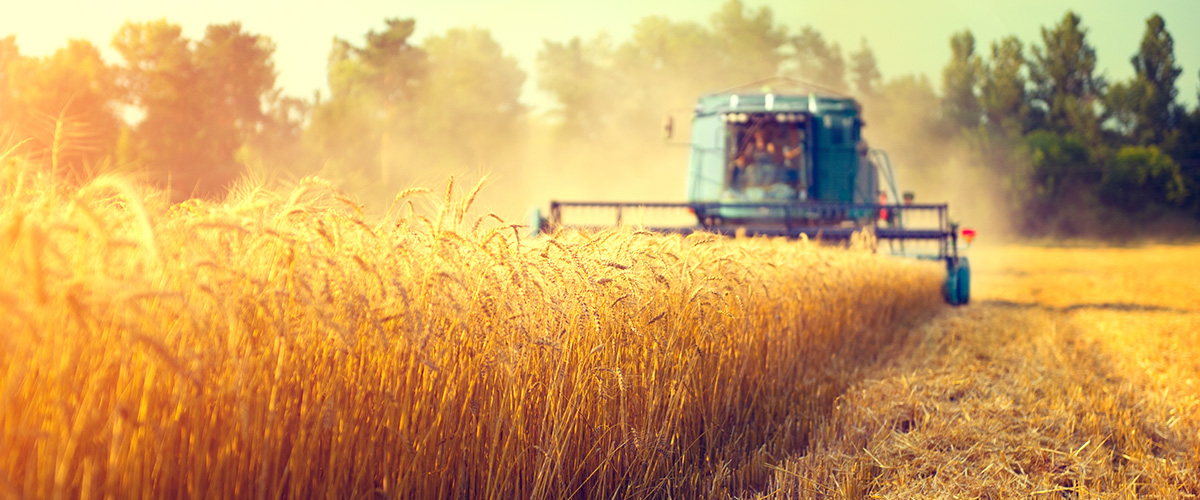Duy Tran, Atradius Risk Underwriter looked closer at the patterns we’ve seen in the agriculture industry.
Key Agricultural Exports
In 2023, soybeans, corn, wheat, and dairy products remained the top agricultural exports for the US, according to the USDA. Despite a decent year for exporters, 2023 marked the third time in five years that the US agricultural trade balance was in deficit, continuing a trend that started in 2019 after decades of surplus. This shift in balance is attributed to US consumers’ growing appetite for high-valued imported goods such as fruits, vegetables, and processed grain products.
Projected Growth in 2024
Looking ahead to 2024, the USDA projects agricultural exports to exceed $170.5 billion. Increases in livestock and dairy exports are expected to offset reductions in oilseeds and related products. The first-quarter corporate earnings of the US’s largest agricultural companies show stable margins and profitability, highlighting the sector’s resilience. Overall, the outlook for the sector is positive, with a low risk of default for most sub-sectors.
Sensitivity to Macro-Economic Factors
The agriculture sector is particularly sensitive to macro-economic factors such as inflation, geopolitical conflicts, supply chain disruptions, and labor shortages. Recent examples include the spike in fertilizer and sunflower oil prices at the beginning of the Russia-Ukraine war and fears of a global food crisis following India’s ban on exports of non-basmati white rice. Local incidents can also disrupt the supply chain and threaten national food security. For instance, a multi-state outbreak of bird flu in March led to a jump in egg prices, and the USDA detected a highly pathogenic strain in dairy cattle. Federal and state government intervention will be crucial in controlling and mitigating such damage.
The Impact of Climate Change
Climate change poses a unique threat to the agriculture sector, with changing climate patterns and extreme weather conditions. Phenological shifts are occurring globally, causing longer growing seasons and various challenges for farmers. Hotter and longer summers affect water availability and soil quality, with the Pacific Northwest and Northeastern states experiencing the most significant impacts, though the effects are felt nationwide.
Looking For a FREE Quote?
Obtaining a free Trade Credit Insurance quote or just some more information is fast and easy! Get in touch with us today.
Get StartedTo combat these challenges, businesses large and small are turning to scientific research and innovative practices. Some promising strategies include regenerative farming, vertical farming, crop rotation, and precision agriculture. The primary challenge remains the substantial capital investment required to sustain and expand these early successes.
In Conclusion
The US agriculture sector faces both opportunities and challenges as it navigates changing trade dynamics, macro-economic factors, and climate change. With a positive outlook for 2024 and innovative strategies to adapt to new realities, the sector shows resilience and potential for continued growth. However, it will require ongoing support and investment to address these challenges and sustain its progress.

